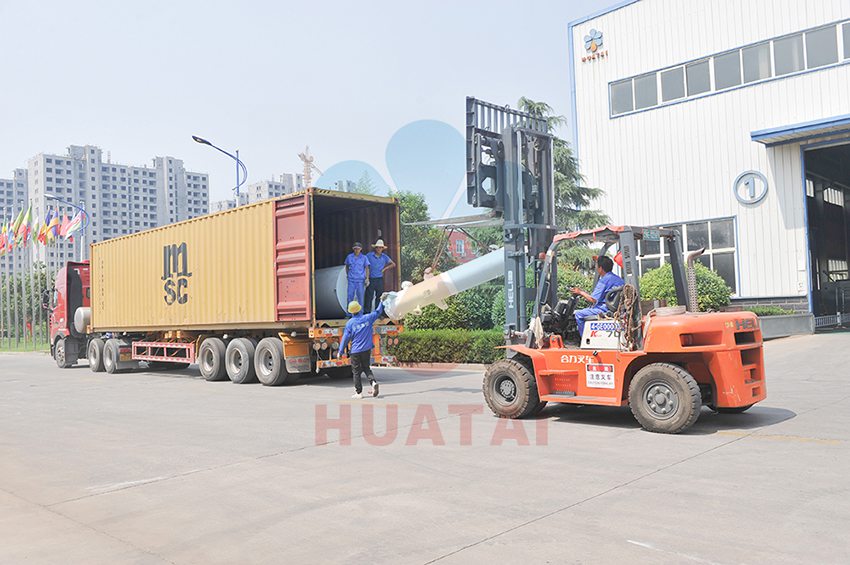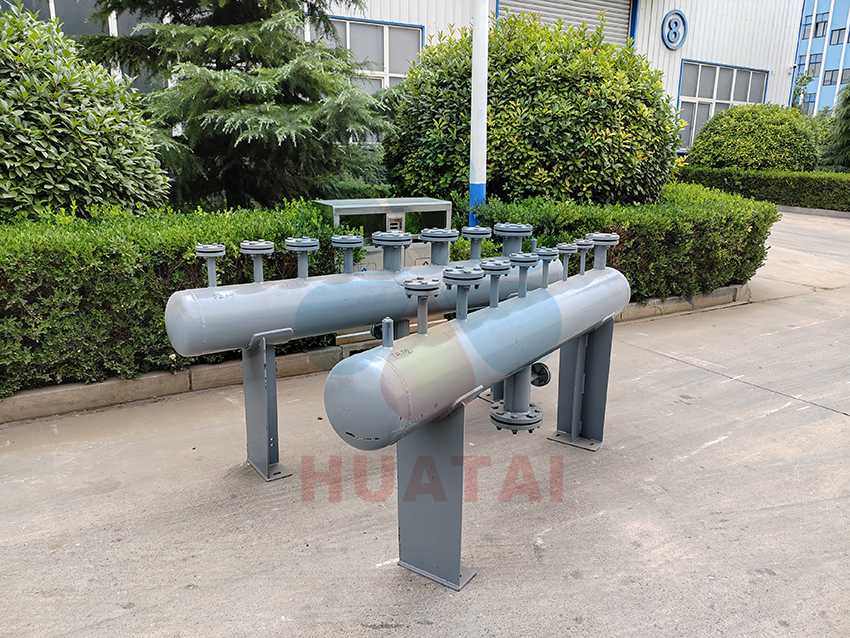Waxes are mostly found in the seed coat and germ of vegetable oil materials. The wax content varies among different vegetable oils and processing methods. Rice bran oil contains approximately 3%-9% wax, corn oil has 0.05%, sunflower oil has 0.01%-0.35%, and rapeseed oil has 0.0016%. Most of the wax in sunflower seeds is contained in the shell, with unhulled crude oil containing 0.02%-0.35% wax, while dehulled crude oil contains 0.011%-0.015% wax.

Dewaxing is an essential process in oil production. The waxes in vegetable oil come from the raw materials, and these waxes cannot be absorbed by the human body. They can also cause the edible oil to become cloudy and solidify at low temperatures, affecting its appearance. Therefore, the main purpose of dewaxing is to separate the oil from the waxes through low-temperature crystallization and filtration.
Some edible oils, such as rice bran oil, camellia oil, peanut oil, and peony seed oil, contain waxes in their raw materials. During pressing or extraction, the waxes dissolve in the oil. Waxes are high molecular esters formed by the combination of monobasic fatty acids and monohydric alcohols, with high melting points, poor solubility, and low absorption rates. As the oil temperature decreases, the waxes crystallize, causing the oil to become cloudy, which affects the product's appearance. Hence, after refining and deodorizing, the oil needs to undergo dewaxing to separate and remove the waxes.

Wax molecules have weak polarity due to the presence of acyl groups, making waxes weakly hydrophilic lipophilic compounds. At temperatures above 40℃, the wax polarity is weak, and it dissolves in the oil. As the temperature decreases, the wax molecules' mobility in the oil decreases, and the ester bonds' polarity increases, especially below 30℃, where the wax crystallizes and forms a stable colloidal system. With continued low temperature, the wax crystals coagulate into larger grains, increasing density and forming a suspension. This demonstrates that the interfacial tension between oil and wax changes with temperature, with an inverse relationship between interfacial tension and viscosity. This is the theoretical basis for the necessity of performing the dewaxing process at low temperatures.
Huatai Oil Machinery provides good quality oil mill plant, time & fast delivery, perfect after-sale services, and reasonable price, contact us!
Website: https://www.huataioilmachine.com/Copyright @ Henan Huatai Cereals And Oils Machinery Co.,Ltd.